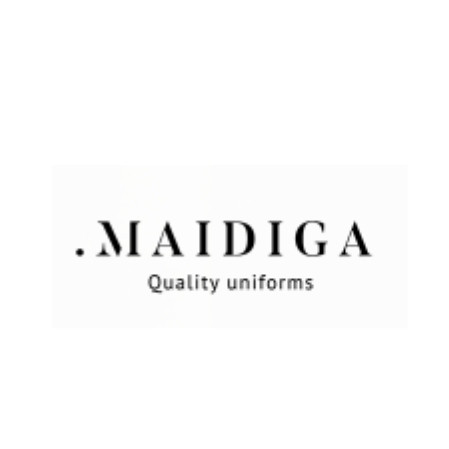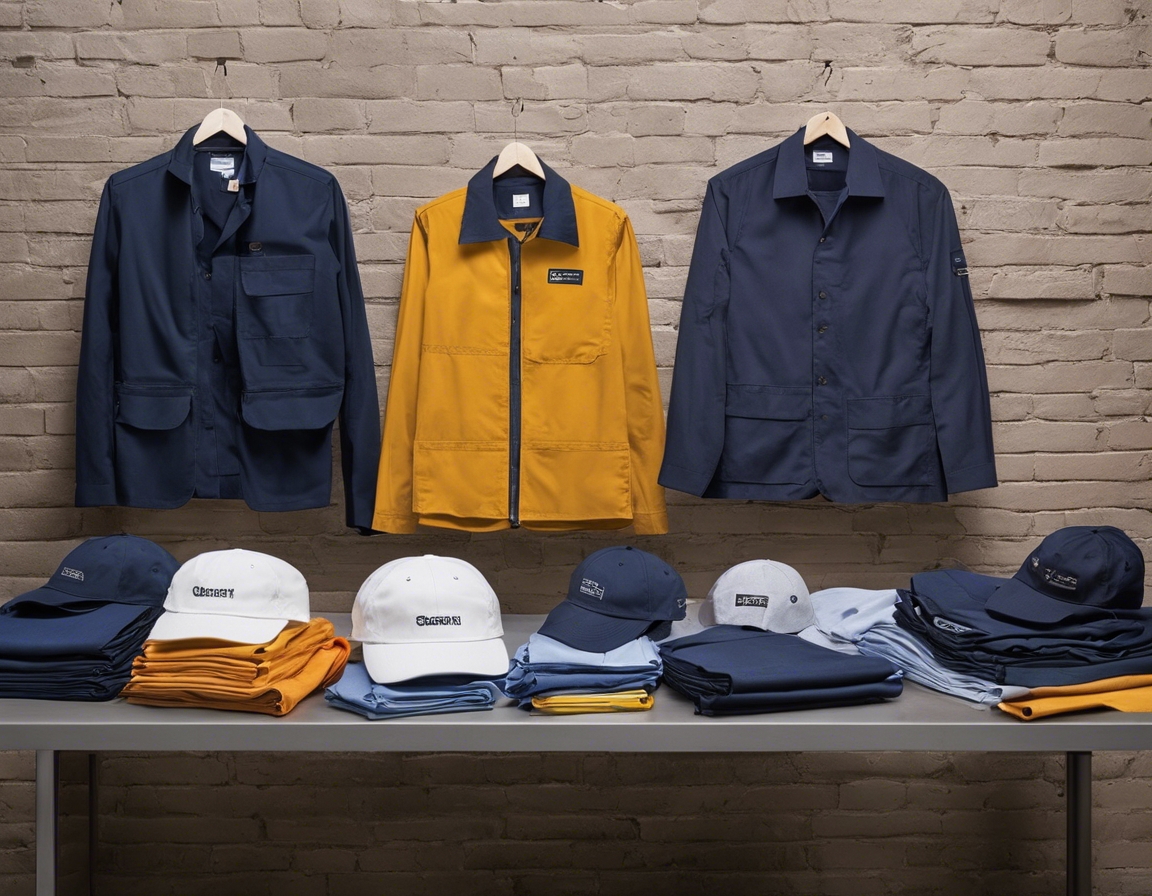Embroidery vs. printing: which is best for your logo?
Your logo is the face of your brand. It's the first thing customers see and the last thing they remember. A well-designed logo can convey your company's values, ethos, and professionalism. It's not just a symbol; it's a powerful communication tool that can significantly impact your business success.
When it comes to branding uniforms, two popular methods stand out: embroidery and printing. Each has its own set of benefits and considerations, which we will explore in detail to help you make an informed decision for your logo.
Embroidery for Logos
Embroidery involves stitching your logo directly onto the fabric using high-quality threads. This technique has been used for centuries to embellish garments with intricate designs and logos.
- Durability: Embroidered logos are known for their longevity and resistance to wear and tear.
- Professional Appearance: The three-dimensional texture of embroidery adds a level of sophistication and perceived value to your uniforms.
- Versatility: Embroidery can be applied to a wide range of fabrics and garment types.
- Cost: Embroidery can be more expensive than printing, especially for small orders or highly detailed designs.
- Limited Detail: Fine details may not be as crisp as they would be with printing.
- Heaviness: Embroidery adds weight to the garment, which may not be ideal for lightweight fabrics.
Embroidery is best suited for polo shirts, jackets, hats, and other items where a premium, durable logo is desired. It's particularly popular in the culinary, healthcare, and service industries where a professional image is crucial.
Printing for Logos
Printing involves applying your logo to a garment using ink. It can be done through various methods such as screen printing, digital printing, or heat transfer.
- Cost-Effectiveness: Printing is generally less expensive than embroidery, making it a great option for large orders and promotional items.
- Detail: Printing allows for a higher level of detail, making it ideal for complex logos and designs.
- Lightweight: Printed logos do not add significant weight to the garment, maintaining the fabric's original feel.
- Durability: Printed logos may fade or crack over time, especially with frequent washing.
- Limited Fabric Options: Some printing methods may not be suitable for all fabric types, particularly those with high elasticity or texture.
- Perceived Value: Printed logos may not convey the same level of professionalism and quality as embroidered ones.
Printing is ideal for t-shirts, promotional items, and uniforms that require vibrant, detailed imagery. It's a popular choice for events, trade shows, and casual work environments.
Comparing Embroidery and Printing
When it comes to durability, embroidery typically outlasts printing. However, advancements in printing technology have significantly improved the lifespan of printed logos.
Embroidery can be more cost-prohibitive for small orders, while printing offers a more budget-friendly solution, especially for larger quantities.
Embroidery may not capture the fine details of complex logos as well as printing can. If your logo has intricate designs, printing might be the better option.
Embroidery works well on a variety of materials, but heavy stitching may not be ideal for lightweight fabrics. Printing offers more flexibility with material choices but may not adhere well to certain textures.
Printing generally has a faster turnaround time compared to embroidery, which can be a deciding factor for time-sensitive orders.
Both methods have environmental considerations, such as the use of water and chemicals in printing and the energy consumption of embroidery machines. It's important to consider the sustainability practices of the service provider.






Comments (0)